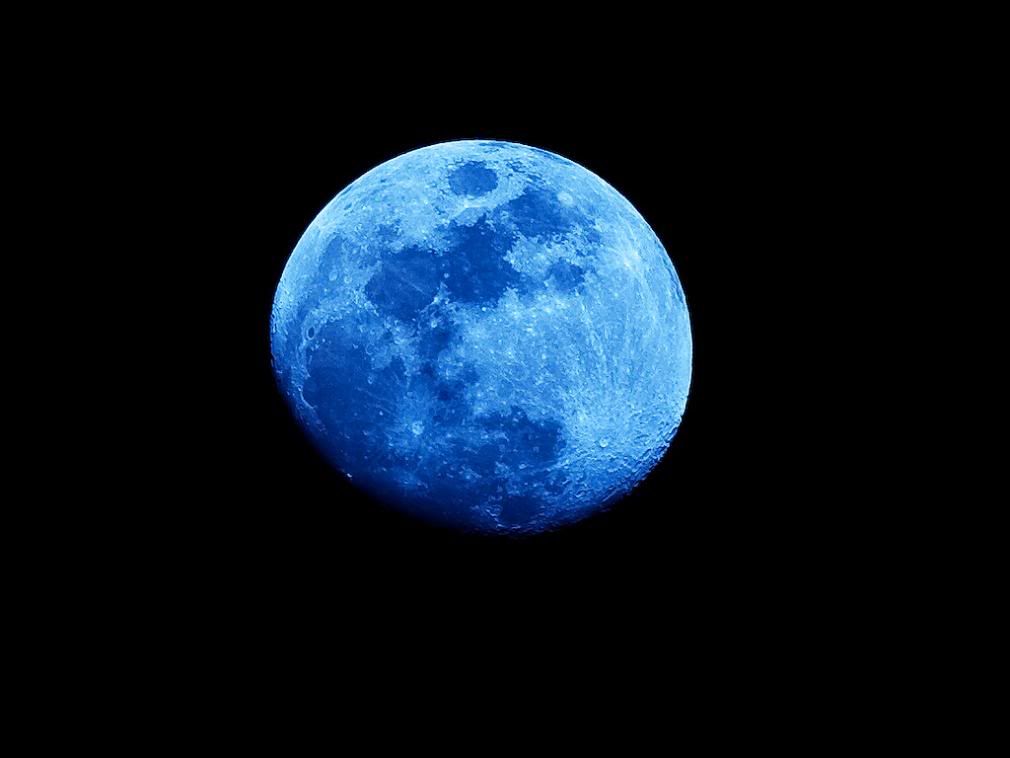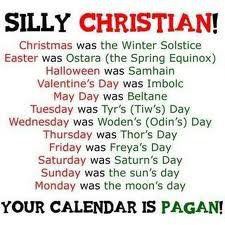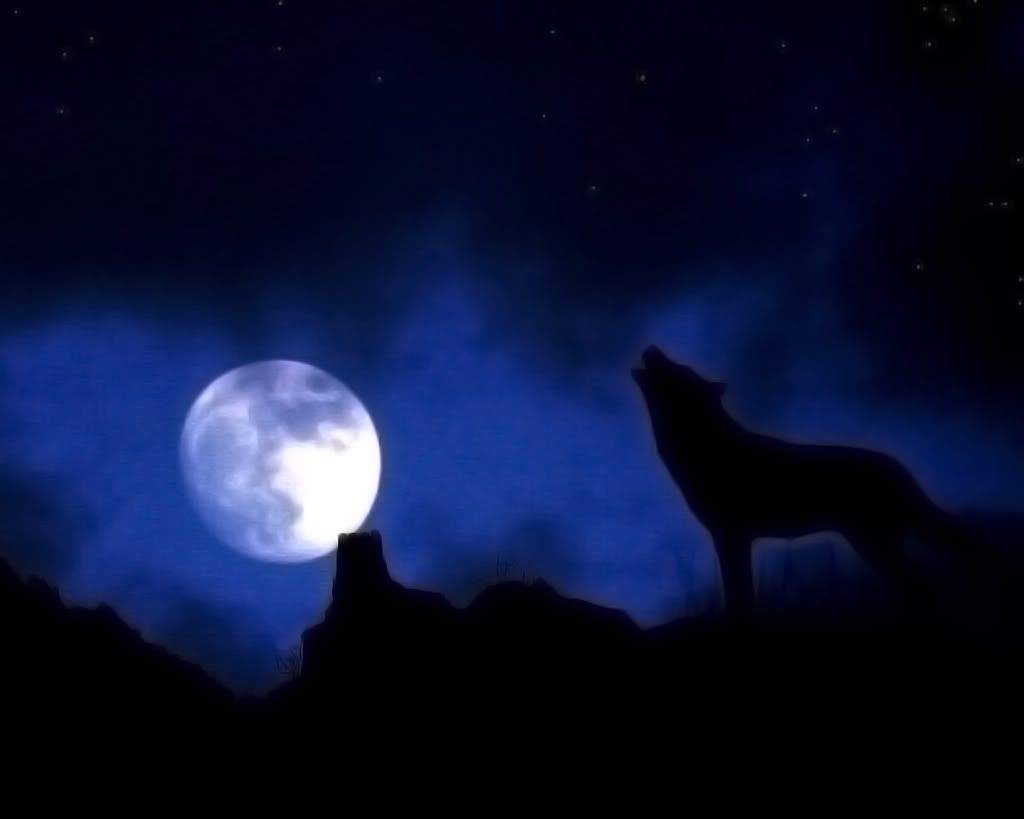Friday, December 25, 2015
Lux Fulgebit - Ambrosian-Milanese Christmas chant
LUX FULGEBIT, Ingressa ambrosiana, Natale; Schola Gregoriana Mediolanensis, Giovanni Vianini
giovanni vianini
Visione codice spartito nella notazione originale del Canto Ambrosiano, il Canto della Chiesa di Milano ( Italia) LUX FULGEBIT, Ingressa ambrosiana, Natale; Schola Gregoriana Mediolanensis, Giovanni Vianini, www.cantoambrosiano.com
.
Labels:
Ambrosian Rite,
Catholic,
Christian,
Christmas,
Christmas traditions,
Milanese Rite,
music
Thursday, December 24, 2015
Reflections upon a Full Cold Moon
A Full Cold Moon on Christmas Night
Last night, while I stood in the wonderful cold darkness, I noticed how the almost full cold moon emitted what I at least perceived to be "bluish light" upon the ground, fences, and houses. Several months ago in the same spot, this light appeared "gold-like." I guess we could at least say that the moon itself can literally appear blue, white, orange, silver, red, etc. at various points of the year, and like magic, often roughly corresponding to the actual seasonal weather.
The word "solstice" is derived from the Latin "sol" (sun) and "sistere" (to stand still).. the "Winter Solstice." This is really more of the moon's time of the year. The moon, mon, ma, the mother, the head of the homestead, the center of the family, the hearth, the fireplace on a cold winter night.
The "offense" of saying ~Merry Christmas~
I don't understand as to how or why anyone could be "offended" by someone saying "Merry Christmas" to them. It would be the Atheist equivalent of, for example" a zealous Christian being offended by a "Pagan" Christmas tree. For me personally, I never liked the idea of a bunch of Ted Turner-like high financiers, who fund groups like the Freedom from Religion Foundation, making sudden demands upon everyone. I'll freely say "Merry Christmas" even though I am not Christan. To worry about such semantics when there are real issued on the table isn't very practical. My "Christmas" is largely Pagan. Actually, there are some Christians, Atheists, Agnostics, or even Satanists, who all appear to have defacto "Pagan values."
 10 Remarkable Origins of
10 Remarkable Origins of Common Christmas Traditions
I'm not going to place the whole article here, since the origin of the Christmas tree and the mistletoe have been covered.
Wreaths
Since classical antiquity, the wreath has been used as a symbol of power and strength. In Rome and Greece, kings and emperors often wore laurel wreathes as crowns – a practice they themselves borrowed from the Etruscans, who predated them. The Greeks and the Romans connected the laurel wreath to their sun god, Apollo, and considered the crown to embody his values.
Harvest wreathes – the predecessors to our modern decorations – were used in rituals for good harvests, and predate even written history. Ancient European animists often used evergreen in their wreathes to symbolize strength and fortitude, as an evergreen will live through even the harshest of winters. As for the connection to Christianity, since wreathes symbolized tenacity and everlasting life, they were often used in funerals of important people, specifically in the burials of saints and martyrs.
Pagans "stole" Christmas from Christians??
Last year, child actor turned faded actor turned semi-famous Christian activist, Kirk Cameron's film 'Saving Christmas' made the claim that the the many Christmas traditions of Pagan origin were actually 100% Christian all along! Even Christian supremacists, like Caryl Matrisciana, understand the Pagan origins of Christmas. Many books, such as 'Pagan Christmas', fully explore this subject. It was clear Papal policy, just as with their Roman predecessors, to co-opt and drown out Pagan holidays and spiritual traditions.
'Kirk Cameron Says Pagans Stole Christmas From Christians'
Someone should really inform the ever-so-earnest Mr. Cameron that Christian co-opting of pagan religious symbols can be found in the Bible itself. In Acts 17:22-24, the Apostle Paul is recorded as addressing an audience in Athens as follows:
"Then Paul stood in front of the Areopagus and said, “Athenians, I see how extremely religious you are in every way. For as I went through the city and looked carefully at the objects of your worship, I found among them an altar with the inscription, :"To an unknown god." What therefore you worship as unknown, this I proclaim to you.' "
-- Mark Kessinger
Kirk Cameron: Don’t drink the pagan ‘Kool-Aid’ about Christmas, historians ‘don’t know this stuff’
People have been becoming more informed about the pagan origin of Christmas and other holidays for years. It is interesting that he would choose to come out with a movie mocking intelligence and real information for the sake of what he really WANTS to believe whether it is true or not. Shame on him.
-- Frank
Krampus - The "devil" of this Christmas season
Krampus
In Austro-Bavarian Alpine folklore, Krampus is a horned, anthropomorphic figure who, during the Christmas season, punishes children who have misbehaved, in contrast with Saint Nicholas, who rewards the well-behaved with gifts. Regions in Austria feature similar figures and, more widely, Krampus is one of a number of Companions of Saint Nicholas in regions of Europe. The origin of the figure is unclear; some folklorists and anthropologists have postulated a pre-Christian origin for the figure (see Germanic paganism).
In traditional parades and in such events as the Krampuslauf (English: Krampus run), young men dressed as Krampus participate; such events occur annually in most Alpine towns. Krampus is featured on holiday greeting cards called Krampuskarten.
The recent movie 'Krampus' brought back to life this semi-evil entity of pre-Christian Alpine-German folklore. In Pagan traditions, the concepts of good and evil weren't two sides at war with each other. Often they were thought of as two related expressions, two sides of the same coin. The good and bad in all of us was accepted.
What many Christians don't seem to comprehend, is that when you attempt to completely stamp something out... what you often get is just more of it. "Sex" is a good example of that. When suppressed, it then becomes empowered. It's just like with words; they only have the power given to them. Intrinsically, they have zero power.
.
Labels:
Christian traditions,
Christianity,
Christmas,
Jesus,
Pagan symbols,
Winter Solstice,
Yule
Wednesday, December 23, 2015
'First Christmas Day full moon in nearly 40 years'
'First Christmas Day full moon in nearly 40 years'
-- Peaks at 6:11 am on Christmas Day
-- First Full Moon on Christmas since 1977
-- Nex one not until Christmas 2034
Michael Thomas - fox5dc.com - December 22, 2015
WASHINGTON - Christmas comes with a special treat this year – a full moon! No, it is not a supermoon, a blood moon or a lunar eclipse. It is simply just a full moon, the same phenomenon that brightens our night sky at least once a month. But what makes this moon so special is not what the moon is doing, but the day on which it is doing it.
It is accurate to say that the moon rotates the Earth generally “once a month.” However, the truth is that the moon completes a full rotation of the Earth once every 29.5 days. Because of this, getting a full moon to land on any specific day is generally a rare occurrence over the course of one human lifetime.
 Let’s use July 4 as an example. The last full moon on Independence Day was in 1974, so anyone under the age of 41 has not seen a full moon on this date. If they want to see one then they have some waiting to do, since the next one isn’t slated until 2031. The fact that the day is a holiday does not make the event any more significant. Mother Nature will not grant me another full moon on my birthday until the year 2034.
Let’s use July 4 as an example. The last full moon on Independence Day was in 1974, so anyone under the age of 41 has not seen a full moon on this date. If they want to see one then they have some waiting to do, since the next one isn’t slated until 2031. The fact that the day is a holiday does not make the event any more significant. Mother Nature will not grant me another full moon on my birthday until the year 2034.The last full moon on Christmas Day was in 1977 and the next one will not occur until 2034, so it is still a sight worth seeing. You will have to be up a little early to see it in all its glory. The moon will reach its full peak at 6:11 a.m.
Even then, there is no guarantee you will be able to see it. The pattern this week is a very unsettled one, with the forecast featuring more clouds as opposed to clear skies for the bulk of the next seven days.
However, a little Christmas magic may just give us enough time for a glimpse of this rare event. Weather models show the potential for a weak area of high pressure to traverse the region late Christmas Eve through the first part of Christmas Day.
In the weather world, high pressure systems mean sinking air, which is bad for cloud formation. This may just be enough for the clouds to break up enough in some locations to allow the Christmas moon to shine through. It probably will not happen everywhere, but the odds are some in our area will at least be able to get a glimpse of it.
As this will also be the first full moon after the winter solstice, which occurred Monday at 11:49 p.m., it is what is known as the “cold moon.” This is because it typically signals the arrival of winter cold in North America, but that will certainly not be the case for us. Temperatures on Christmas Eve day are expected to rise to record levels in the mid-70s, with some model suggestions that Christmas Day may be near 70 degrees as well.
One thing is for sure. Regardless of how many clouds there are around our area, one man who will appreciate the full moon is Santa Claus. As he and his reindeer typically fly above the cloud deck, they will have ample moonlight and clear visibility as they deliver Christmas presents to the world. This also means Rudolph's red nose may get to enjoy a well-deserved year off, since his next break will not come for 19 more years!
.
Subscribe to:
Posts (Atom)






